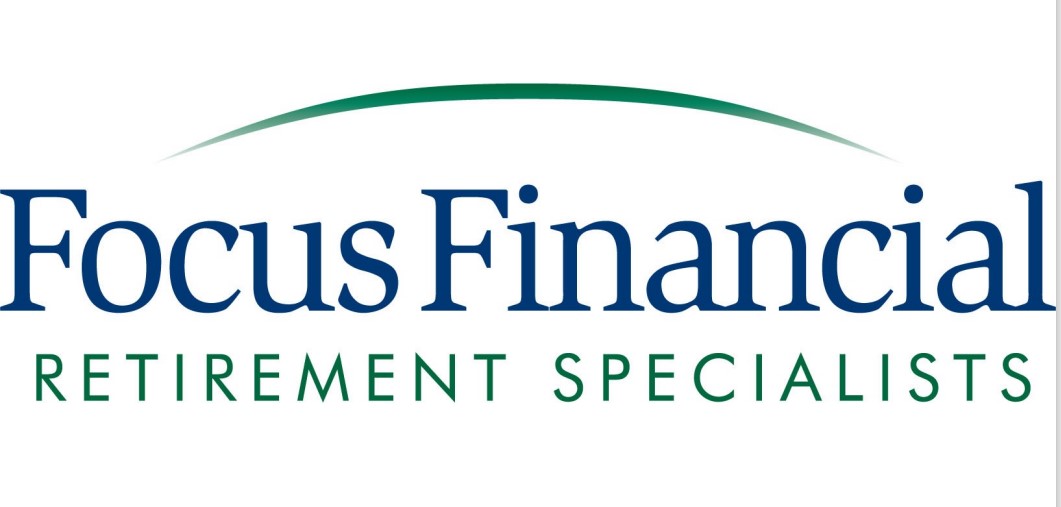When it comes to financial stability, people tend to focus on paying off debt and saving for retirement. In reality, many other financial goals beckon to individuals during their lifetime. Because of this, it’s important to look beyond retirement when setting targets, no matter how old you are.
Identify Future Objectives
While it is never too early to start planning for retirement, waiting until you reach 65 years or older to truly live is a mistake many people come to regret. A number of exciting possibilities are waiting for you throughout your life:
- Building an emergency fund
- Creating and growing passive income
- Starting a business
- Owning a home
- Becoming debt-free
- Raising a family
Consider Income
Some people start their careers making six figures or more; this is rare. By about 25 years old, making $35,000 or so is a reasonable expectation. If your salary increases follow the historical rate and you have no major employment gaps, you could earn almost $2 million by the time you’re ready for retirement.
Without a doubt, $2 million is a lot of money. If you take a second look at the list of potential financial goals, however, it begins to lose its comparative value. For instance, the current cost of a starter home is anywhere from $150,000 to $250,000. Similarly, student loans are one of the biggest obstacles to a debt-free life. The average student loan debt is $29,800.
Create a Plan
If you’re starting to feel discouraged, the good news is that money isn’t a static asset. It has the potential to grow and do some of the work for you by creating passive income. In fact, people who begin to invest in their future early can better position themselves in the pursuit of their retirement goals. You can employ several different strategies to help your money go further:
- Designate a portion of raises: Instead of increasing living expenses to match any pay increases, try to retain the original budget as much as possible and invest the extra. Keep the same starter home you bought. Drive your present car for as long as possible.
- Start small: Not everyone is making $35,000 per year at age 25. Some people make significantly less throughout their earning years. The answer to this economic problem is to start small. Save $100 per month if you can and $10 per month if you can’t. It all adds up, especially when properly invested. In 10 years, $100 per month at a 6% annual return could potentially grow into $15,996. (This is a hypothetical example and is not representative of any specific situation. Your results will vary. The hypothetical rates of return used do not reflect the deduction of fees and charges inherent to investing.)
- Buy wisely: When you purchase a vehicle or buy a home, consider the maintenance cost and tax breaks. For instance, is it better to invest in solar panels than a new sunroom for your home? Likewise, consider the potential tax or economic benefits of a small electric vehicle or hybrid over a new mid-size SUV.
- Make use of programs and incentives: There are many financial products and accounts available that could help you invest your money in a tax-efficient manner. These include HSA accounts, 401(k)s, Individual Retirement Accounts (IRAs) and 529 college savings plans. Taxes can have a big impact on passive income. It is important to manage their impact over a lifetime.
Reduce Debt
The best time to start minimizing debt is before you take any on. This does not mean you should never buy anything on credit. It does imply wisdom in how you use debt. Also, be wise about payment terms, interest rates and the types of debt.
Whenever possible, pay down that debt as quickly as you can. However, never become so focused on paying off debt that you neglect your savings. Take yet another look at the list of potential financial goals. There is more to life then repaying big corporations.
Need help figuring out where to get started? Our financial professionals at Harborfront Financial Group can help. Call us at 231-843-1516 for more information today.
This material is for general information only and is not intended to provide specific advice or recommendations for any individual. There is no assurance that the views or strategies discussed are suitable for all investors or will yield positive outcomes. Investing involves risks including possible loss of principal.
This material was prepared by LPL Financial, LLC
